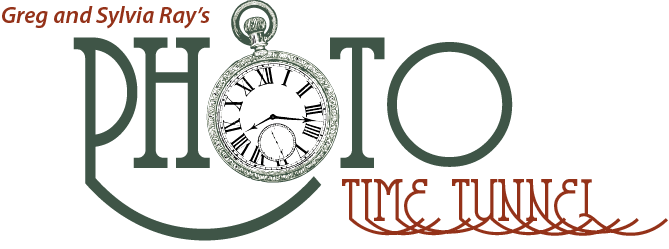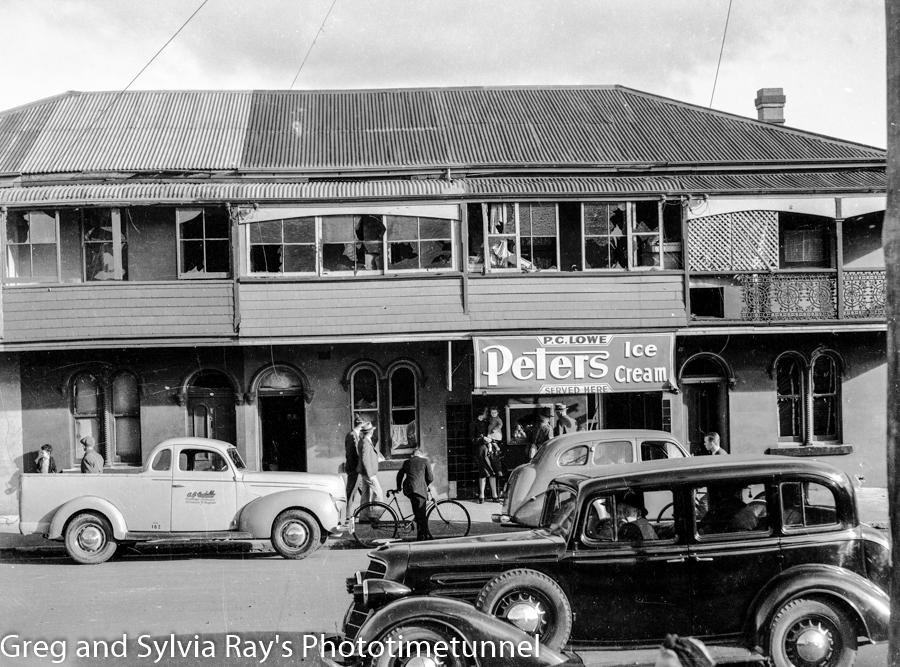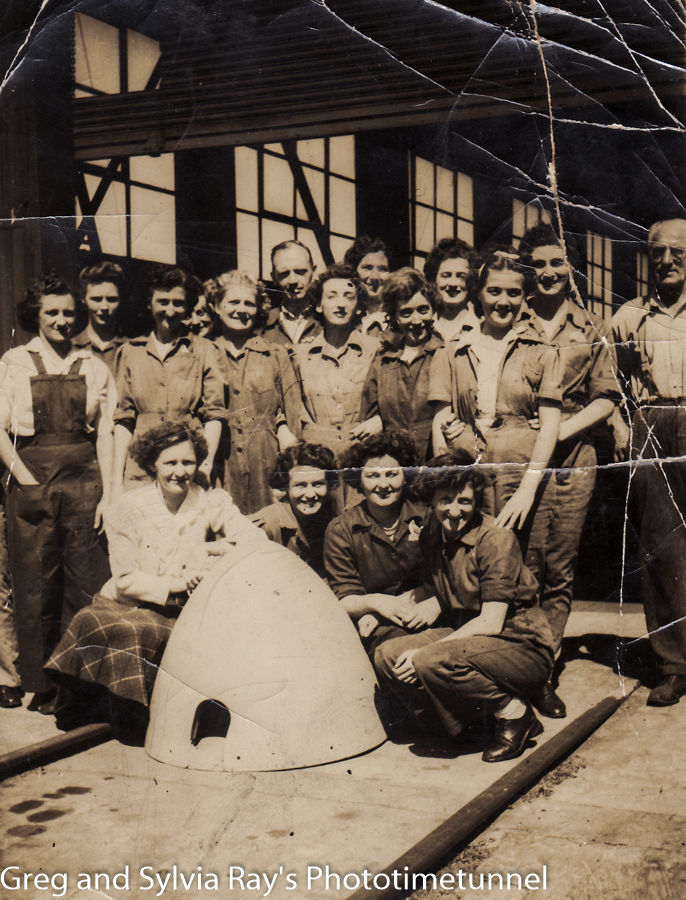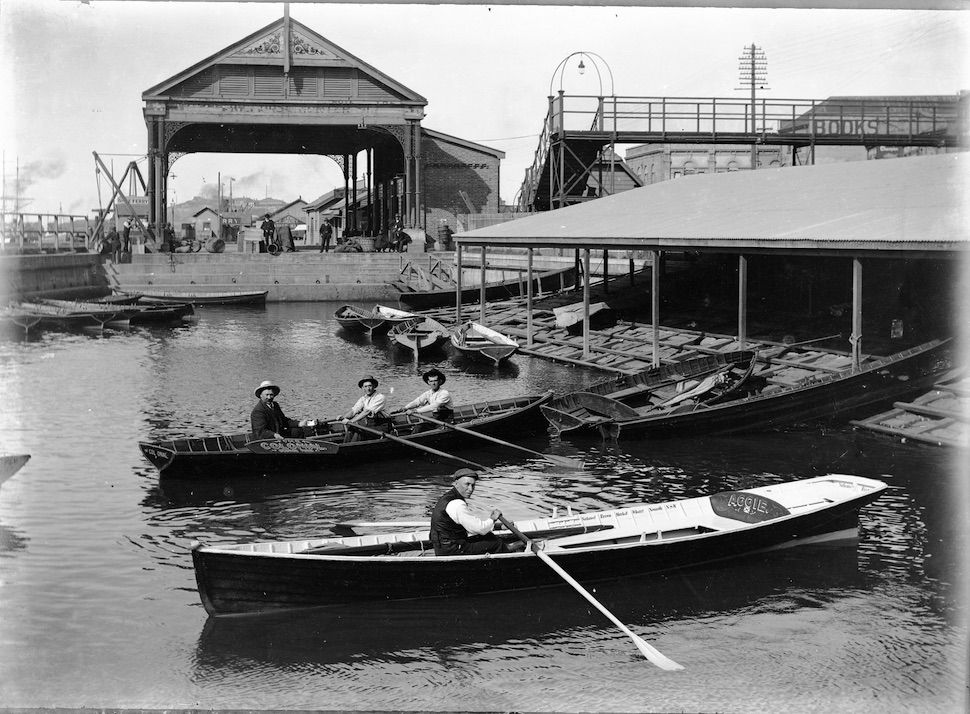Newcastle under shellfire, 1942
Many incidents of the Second World War remained unknown to most of the Australian public until the authorities considered it safe to discuss them. They feared panic among the population and damage to morale. But submarine attacks on the east coast cities were impossible to hide. On May 31 and June 1, 1942, mini-submarines, launched from a large Japanese mother-sub, the I-24, attacked Sydney Harbour.The subs caused havoc in the harbour, sinking the converted ferry Kuttabul with the loss of 21 lives before they were themselves destroyed. A few days later I-24 attacked and sank the…



